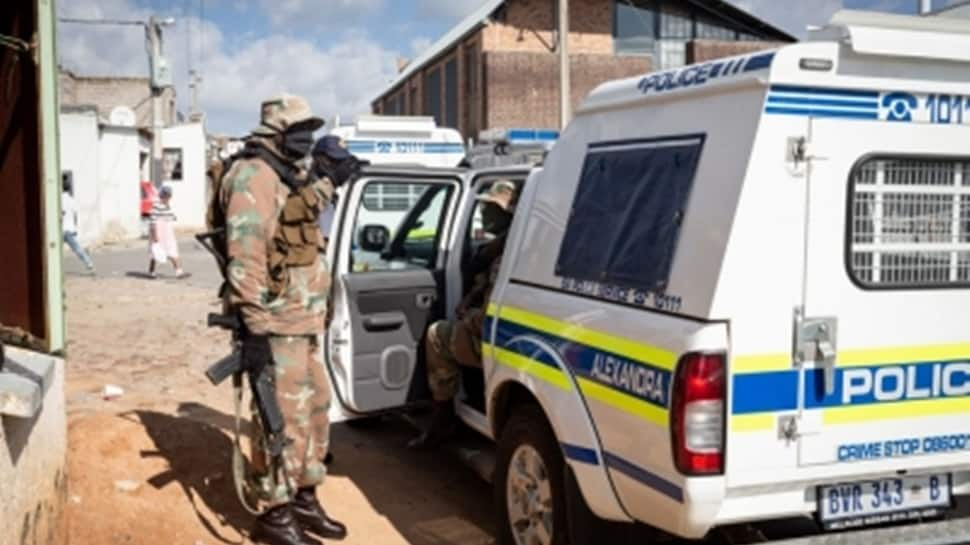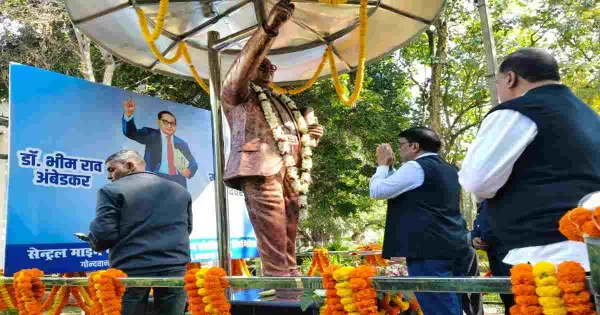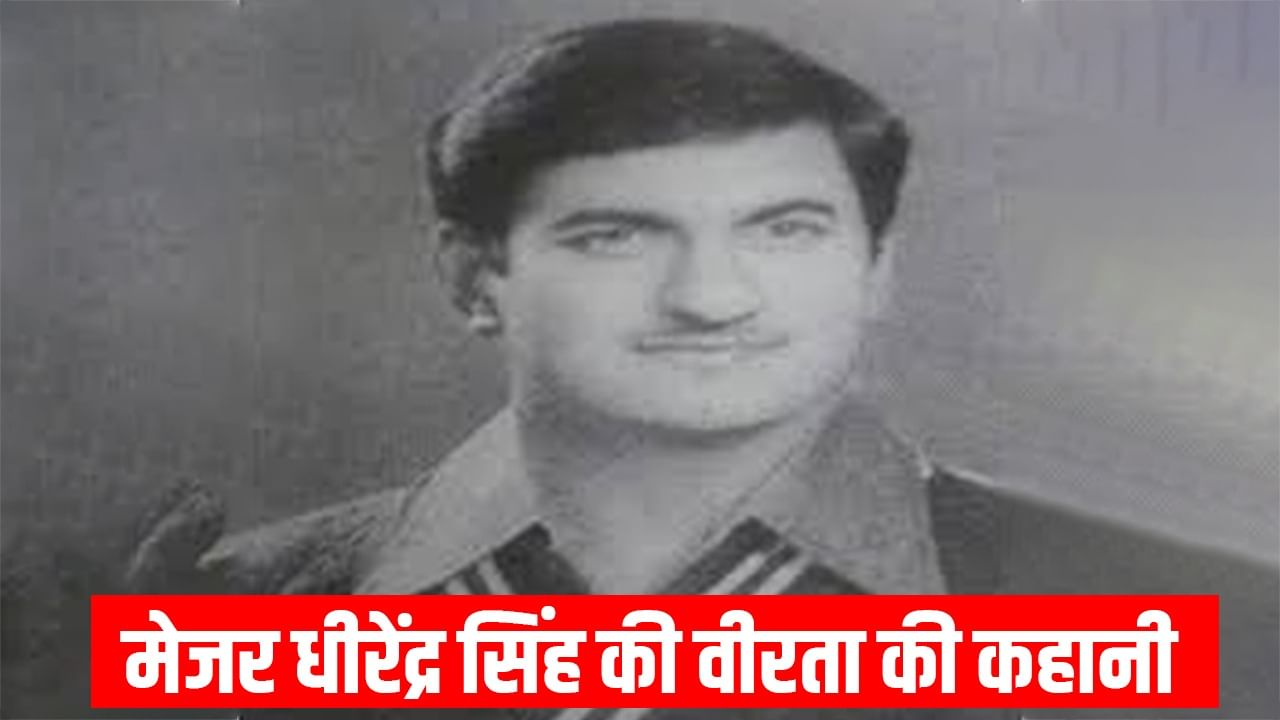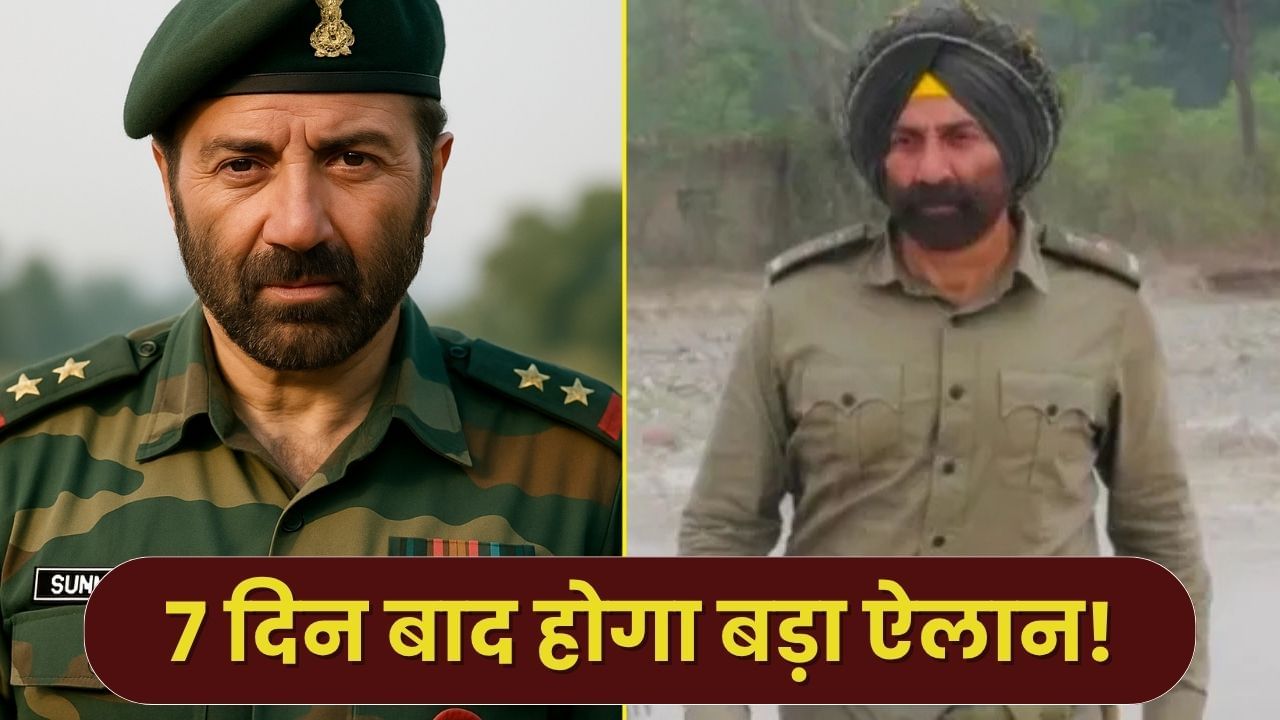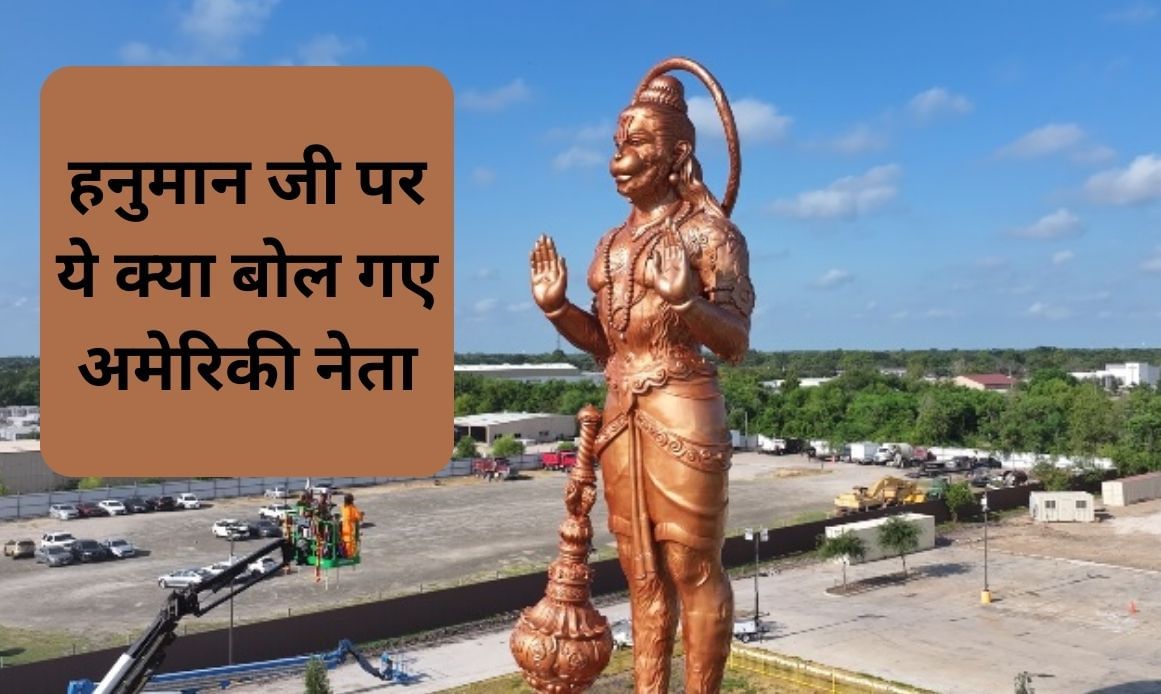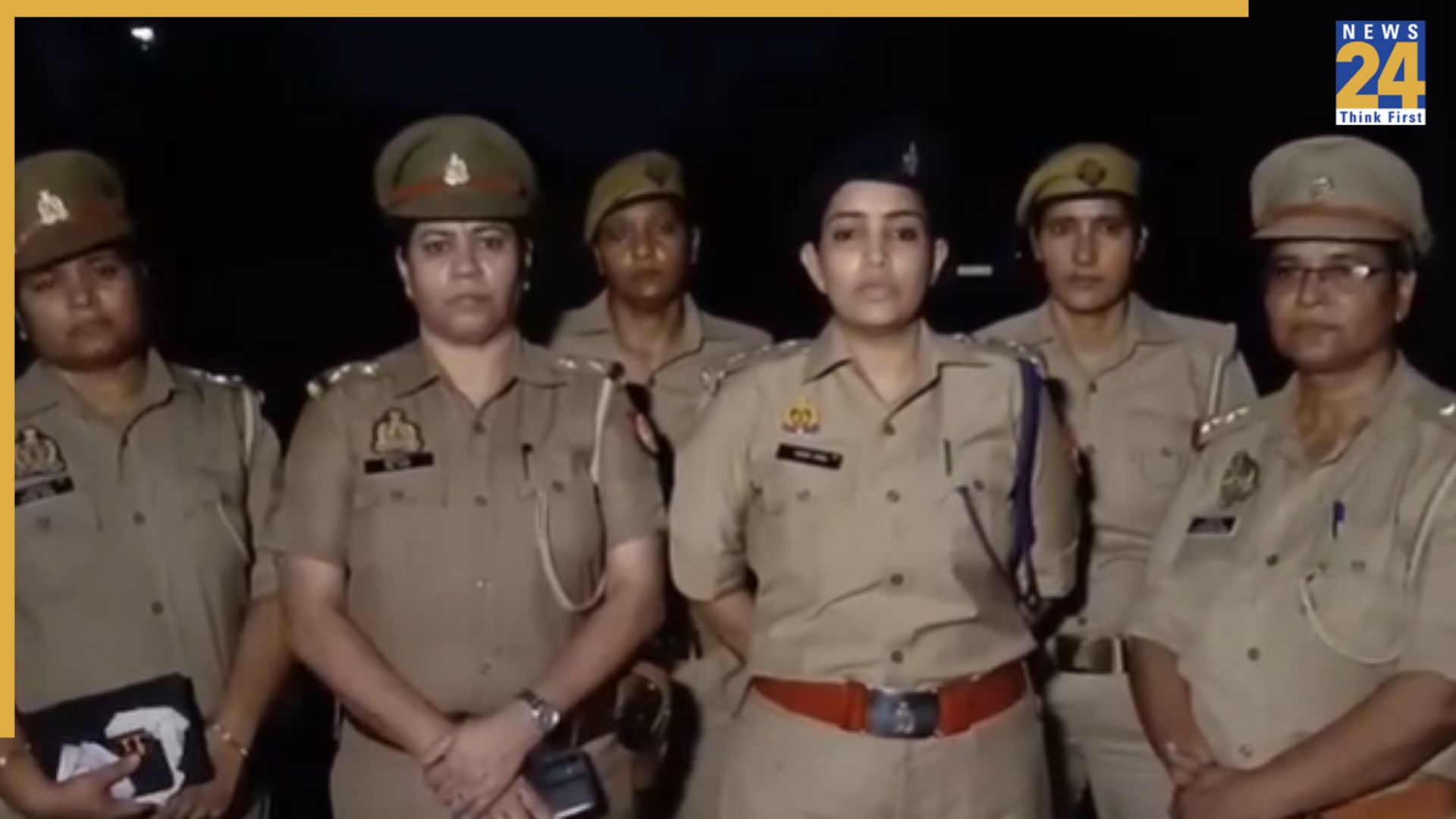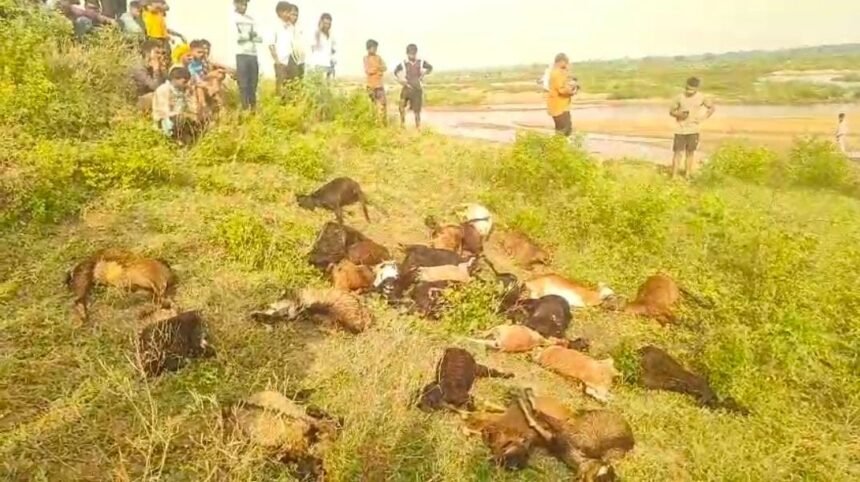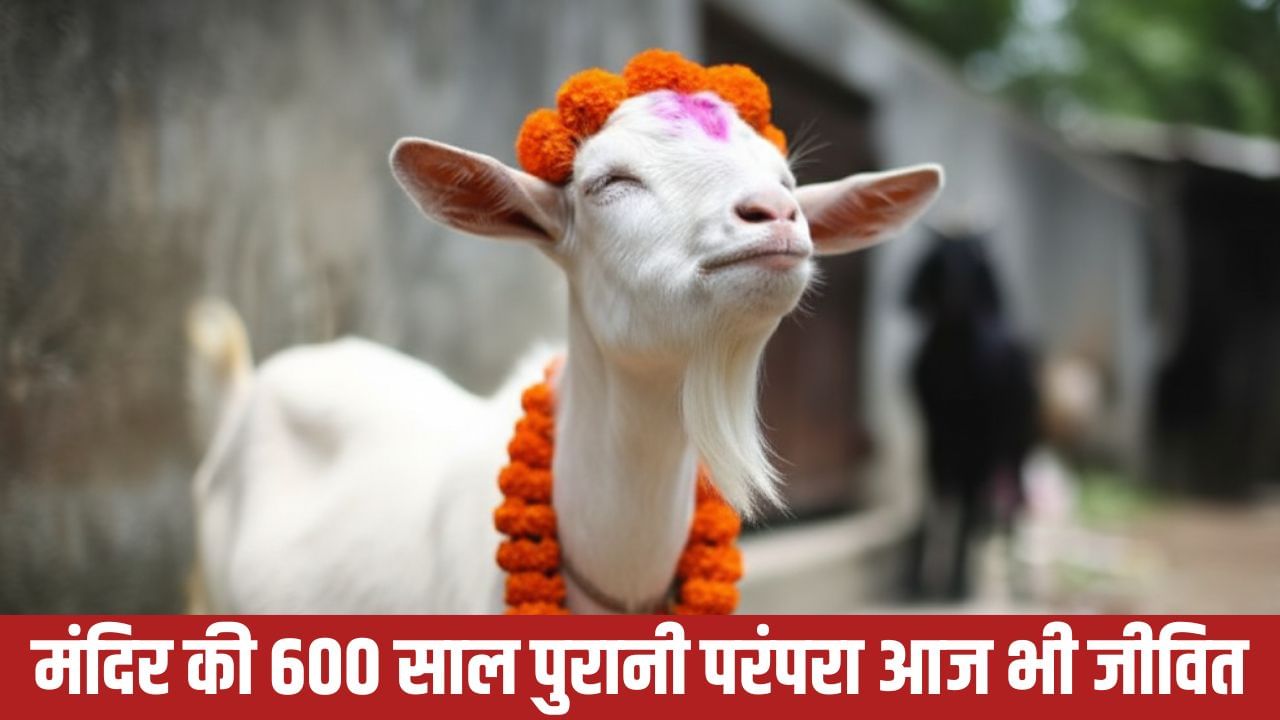Subscribe to Updates
Get the latest creative news from FooBar about art, design and business.
Browsing: India Pakistan war
India-Pakistan Conflict, Ceasefire, Operation Sindoor Latest News: Pakistan, Hit Hard By Indian Armed Forces’ Retaliation, Approached Not only the united states but…
IndiGo Offers Free Rebooking, Relief Flights For Stranded Passengers Amid Airport Closures |
Following widespread airport shutdowns in north-west and central India, IndiGo has declared a series of relief measures to help stranded passengers, including…
New Delhi: Tensions between India and Pakistan have been rising steadily with recent military actions adding to growing fears across the region.…
IPL 2025: With the Indian Premier League (IPL) 2025 Temporarily Suspended Due to Escalating Tensions Between India and Pakistan, The BCCI is…
New Delhi: Security has been beefed up in Delhi amidst the escalation of India-Pakistan conflict. The Delhi Police has been placed on…
Janhvi Kapoor Says India is not an ‘Aggressor’ AMID RISING INDIA-PAKISTAN TENSions | People news
Mumbai: Just like all of us, actress janhvi kapoor is also devastated and extramely concerned about the growing tension between India and…
PM Takes Charge: Modi Chairs Urgent Meet With Forces Chiefs, NSA Doval Over Pakistan Row |
India-Pakistan Conflict: As the India-Pakistan border continues to be on the boil after Pakistan’s missile and drone attack on May 8 to…
Srinagar: Jammu and Kashmir Chief Minister Omar Abdullah left Srinagar for Jammu on Friday to take stock of the situation after a…
A developing security situation has emerged in Jammu and Kashmir after suspected Pakistani drones were reported over Jammu on Wednesday night. Sirens…
A wave of fear has gripped Pakistan in the aftermath of India’s Operation Sindoor, and its impact was visibly evident in Pakistan’s…
Pakistan Army on Wednsday confirmed that Indian Missile Attacks Hit Three Areas Within Its Border – Muzaffarabad, Kotli, and Ahmed East in…
Indo-Pak Tensions: Amid the rising tensions with Pakistan following the April 22 Pahalgam Terror attack, India has decided to conduct a mock…
